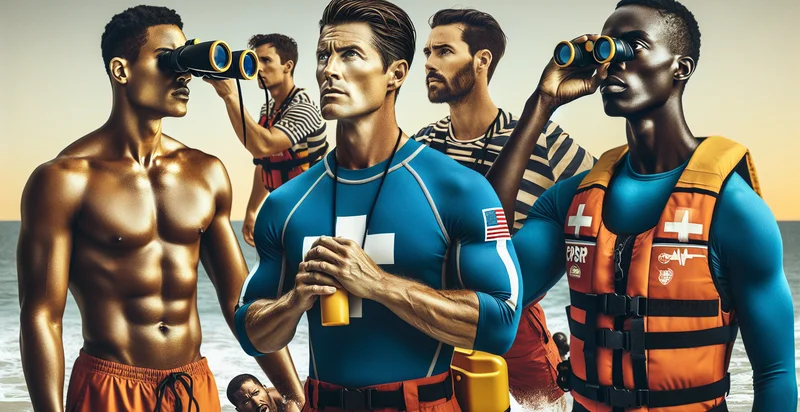Identify gender of lifeguard
using AI
Below is a free classifier to identify gender of lifeguard. Just upload your image, and our AI will predict if the lifeguard is male or female - in just seconds.

Contact us for API access
Or, use Nyckel to build highly-accurate custom classifiers in just minutes. No PhD required.
Get started
import nyckel
credentials = nyckel.Credentials("YOUR_CLIENT_ID", "YOUR_CLIENT_SECRET")
nyckel.invoke("gender-of-lifeguard", "your_image_url", credentials)
fetch('https://www.nyckel.com/v1/functions/gender-of-lifeguard/invoke', {
method: 'POST',
headers: {
'Authorization': 'Bearer ' + 'YOUR_BEARER_TOKEN',
'Content-Type': 'application/json',
},
body: JSON.stringify(
{"data": "your_image_url"}
)
})
.then(response => response.json())
.then(data => console.log(data));
curl -X POST \
-H "Content-Type: application/json" \
-H "Authorization: Bearer YOUR_BEARER_TOKEN" \
-d '{"data": "your_image_url"}' \
https://www.nyckel.com/v1/functions/gender-of-lifeguard/invoke
How this classifier works
To start, upload your image. Our AI tool will then predict if the lifeguard is male or female.
This pretrained image model uses a Nyckel-created dataset and has 2 labels, including Female and Male.
We'll also show a confidence score (the higher the number, the more confident the AI model is around if the lifeguard is male or female).
Whether you're just curious or building gender of lifeguard detection into your application, we hope our classifier proves helpful.
Related Classifiers
Need to identify gender of lifeguard at scale?
Get API or Zapier access to this classifier for free. It's perfect for:
- Staffing Optimization: This function can analyze pool and beach lifeguard staff compositions based on gender. Facility managers can utilize the data to ensure they are meeting diversity and inclusivity standards while also optimizing gender representation for customer comfort and engagement.
- Marketing Insights: By understanding the gender demographics of lifeguards, marketing teams can tailor campaigns that resonate better with their target audience. For example, female lifeguards may be featured more prominently in campaigns aimed at encouraging women to participate in water sports and activities.
- Safety Training Programs: The gender classification can help identify trends in gender-specific safety incidents or training needs among lifeguards. This data can inform the development of customized training programs that address these specific needs, thereby improving overall safety and effectiveness on duty.
- Community Engagement: Organizations can use the gender identification data to engage with the community through events and programs highlighting diverse role models in lifeguarding. This can inspire young individuals from various backgrounds to pursue lifeguarding as a career.
- Performance Evaluation: Analyzing gender among lifeguards can provide insights into performance metrics. Managers can identify whether gender diversity correlates with specific performance outcomes, allowing for more informed evaluations and support strategies based on diversity dynamics.
- Recruitment Strategies: The function can assist HR teams in understanding the current gender balance within the lifeguard staff. Data-driven insights can help them create targeted recruitment initiatives aimed at encouraging applications from underrepresented genders, fostering a more inclusive workforce.
- Brand Image Management: Businesses can utilize gender identification of lifeguards to assess and enhance their brand image. By actively promoting an inclusive lifeguarding team, companies can strengthen their reputation and appeal to a broader customer base that values diversity and equality.


